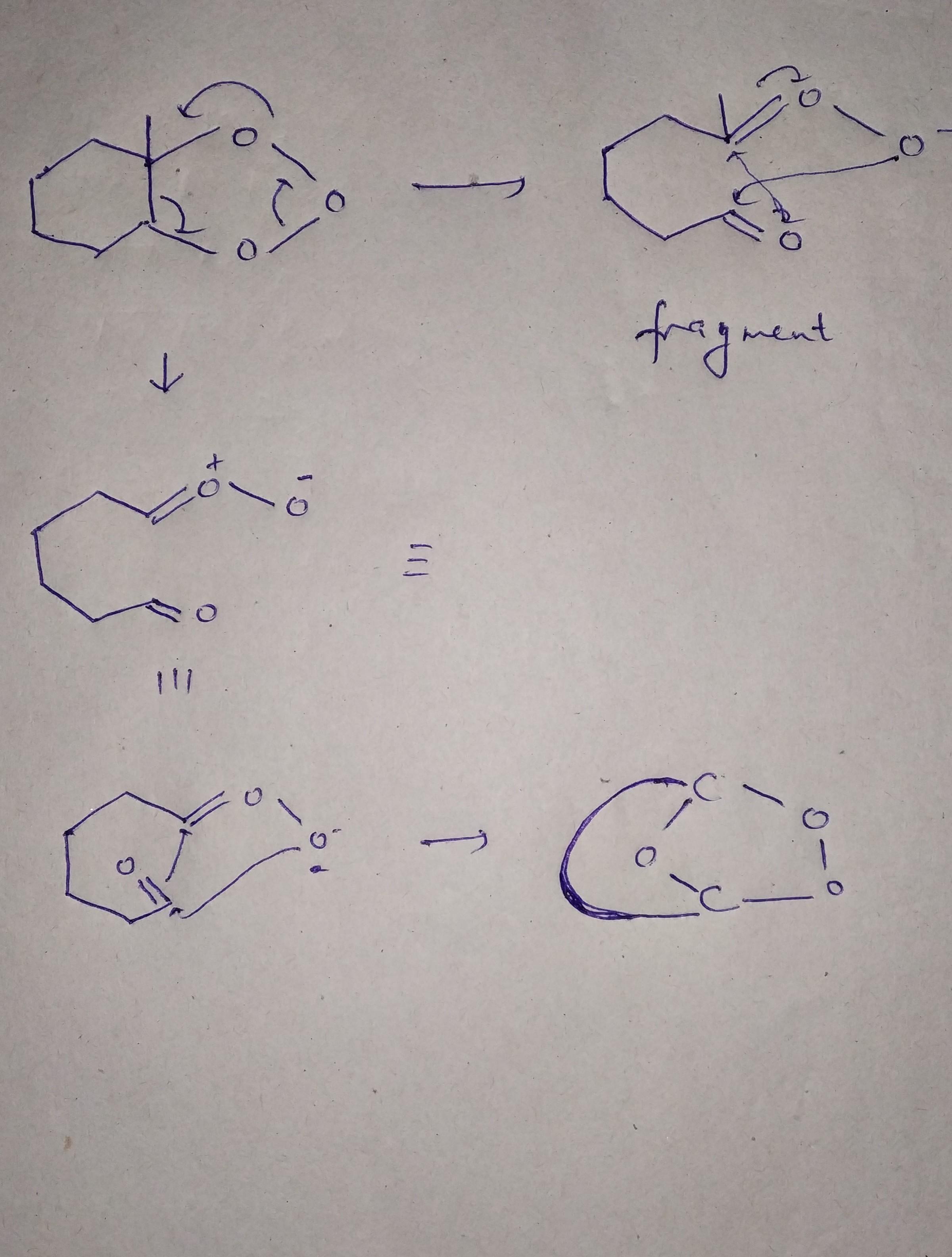Time management is very much important in IIT JAM. The eduncle test series for IIT JAM Mathematical Statistics helped me a lot in this portion. I am very thankful to the test series I bought from eduncle.
Nilanjan Bhowmick AIR 3, CSIR NET (Earth Science)Shweta Thakur posted an Question
- IIT JAM
- Chemistry (CY)
Now plz check the mechanism onolsis h,c 0 olo3 naluntth mdo mmol030mid am's h--c cc-chee
Conolsis H,C 0 olo3 nAlunttH mDo mMol030mid am's H--C cC-CHEE
- 0 Likes
- 10 Comments
- 0 Shares
-
Shweta thakur
and tell me that here u have not shown the fragments of molozonide why
-
Shweta thakur
thanku so much
-
Shweta thakur
sir
-
![comment-profile-img]() >
>
![eduncle-logo-app]()
thanks sir and tell me that here u have not show fragments of molozonide to convert it into ozonide
![eduncle-logo-app]()
why
![eduncle-logo-app]()
and I have done this mechanism see my solution according to book so where I m wrong
![eduncle-logo-app]()
I m sending u my book solution
![eduncle-logo-app]()
molonlzonide to ozonide is not direct step. second step molecule undergo addition tye reaction give ozonide.
![eduncle-logo-app]()
actually in my book they have use dufferenr method
![eduncle-logo-app]()
i have sent u the picture plz see they have made two fragments of moloxinude
![eduncle-logo-app]()
and sir here for cycloaddition reaction there should be 4 pie electron and 2 pie electrons
![eduncle-logo-app]()
Ozone, an allotrope of oxygen, is a 1,3-dipole that undergoes [4+2] pi cyclo addtion to the above alkene.The initial product of ozone cycloaddition to an alkene is called a molozonide. Molozonides are very unstable and rapidly decompose, spectroscopic evidence for the transient existence of a molozonide has been obtained at -100 ºC.
![eduncle-logo-app]()
cleavage of one of the two very weak O–O bonds in the molozonide, followed by immediate fragmentation of the resulting diradical would lead to equivalent intermediates.
![eduncle-logo-app]()
the zwitterionic intermediate is a 1,3-dipole of the same type as ozone; however, it prefers to an cyclo addition to aldehyde provide ozonide
-
Shweta thakur
sir
-
Shweta thakur
ok
-
![comment-profile-img]() >
>
Dinesh khalmaniya 1
![best-answer]()
Hope this will help you
-
![comment-profile-img]() >
>
Do You Want Better RANK in Your Exam?
Start Your Preparations with Eduncle’s FREE Study Material
- Updated Syllabus, Paper Pattern & Full Exam Details
- Sample Theory of Most Important Topic
- Model Test Paper with Detailed Solutions
- Last 5 Years Question Papers & Answers
Sign Up to Download FREE Study Material Worth Rs. 500/-












 >
>


 >
>








Shweta thakur
this sir